
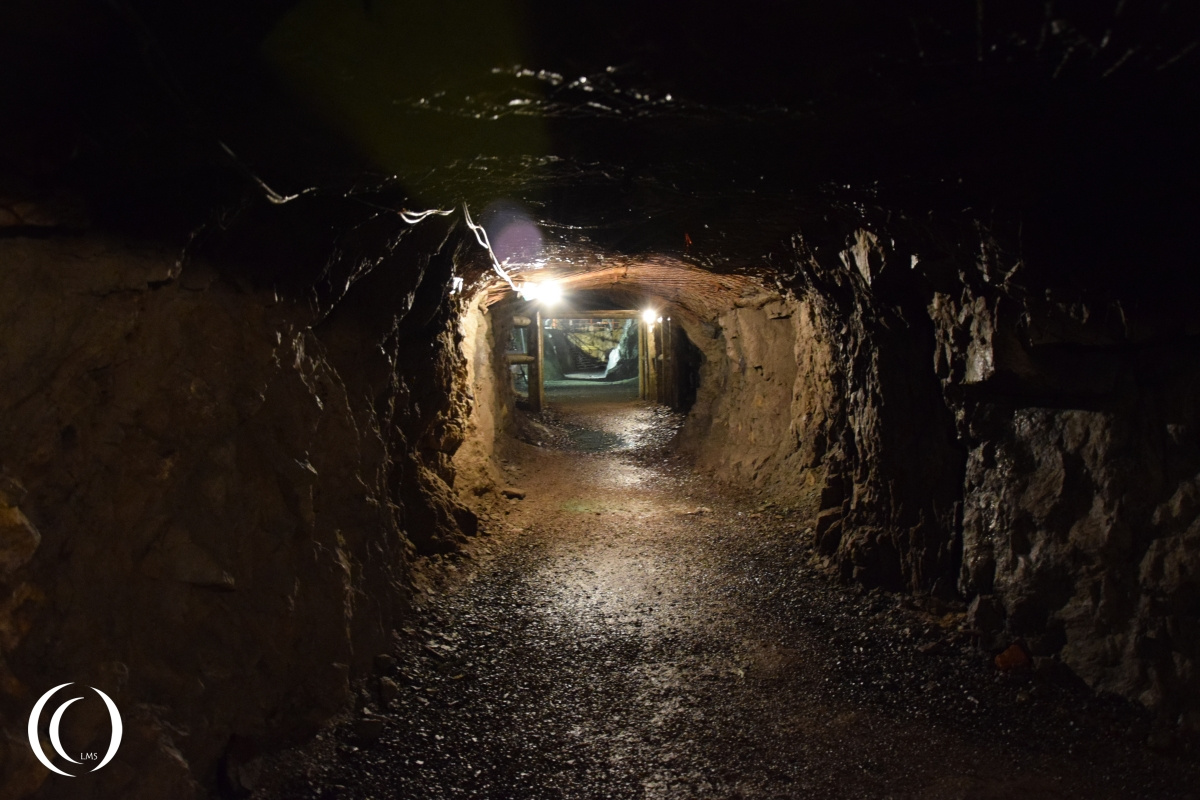

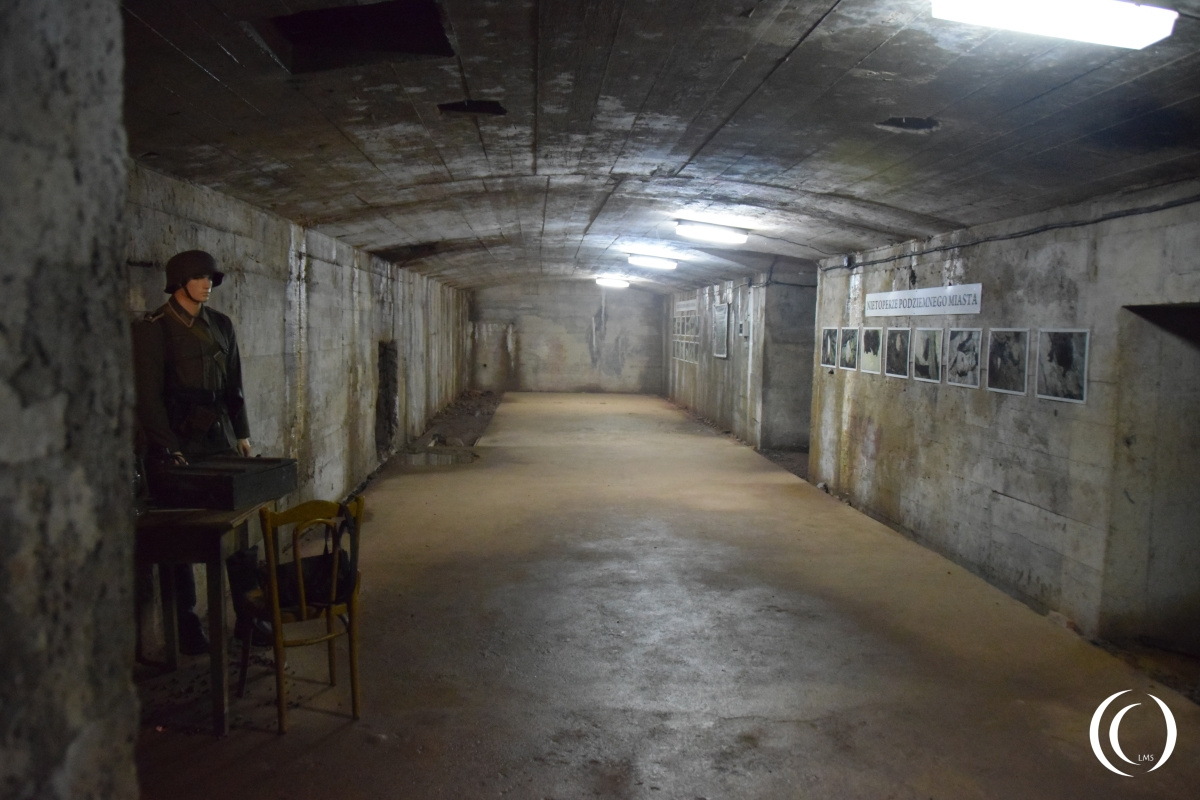
Project Riese
In 1943 Albert Speer, minister of Armament and War production started, to talk about project Riese with the management of Organisation Todt. Project Riese, a series of vast tunnel complexes dugout by the Germans in the Owl mountains near Walbrzych in Poland during World War Two. Project Riese means Project Giant in English, which refers to the magnitude of this project. During the Second World War Germany was bombed regularly by the Allied. Weapon production, infrastructure and raw materials were the main goals of the bombers, with the intention to slow the German war industry and troop movement down. As with Weingut 1, weapon facilities were transferred to underground locations to avoid loss during armament production. Complex Owsaka, part of Project Riese, was one of these tunnels complexes. The exact type of weapons which should be produced or the specific use for Osowka is unknown.

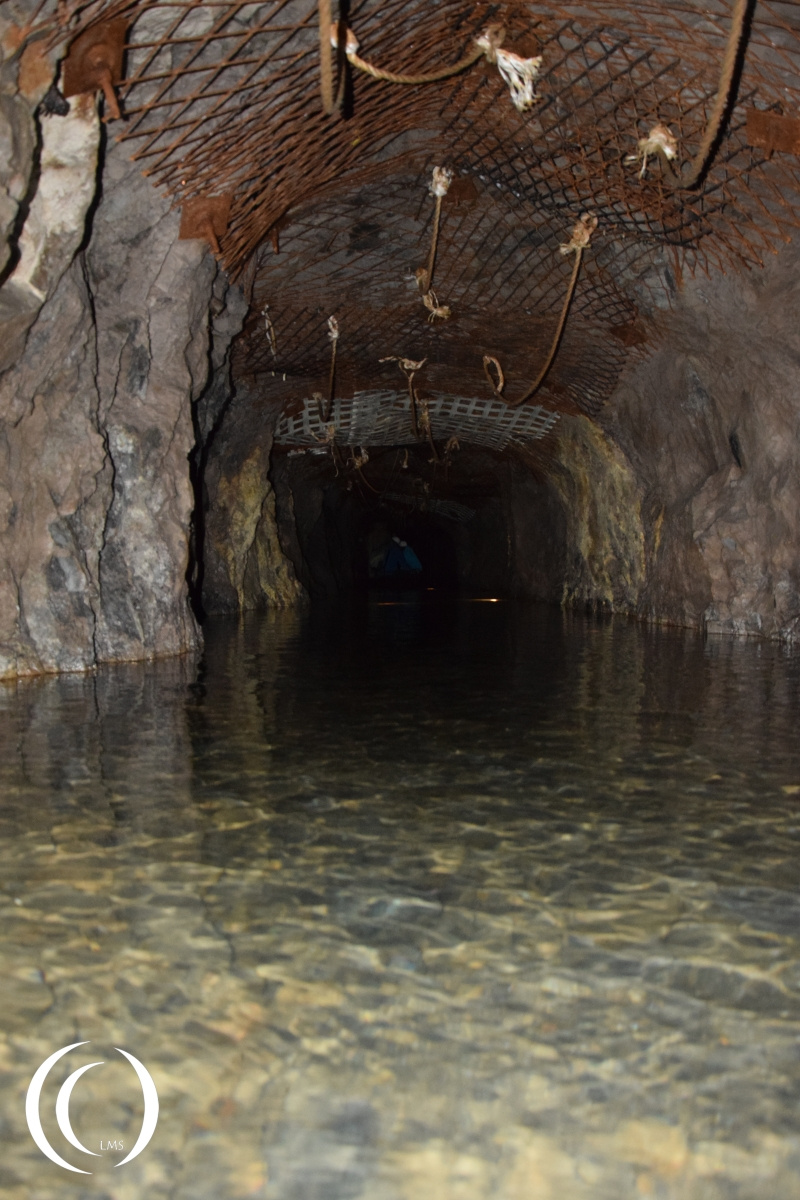

How Osowka Originated
Osowka or Säuferhöhen in German has a weird meaning for a tunnel complex, it literally means “Drunk heights” or in case of Säuferwasser, the name for the work camp, “Drunks water”. Construction started in November 1943 with the use of slave labourers and prisoners of war and was under the supervision of the Schlesische industriegemeinschaft AG -Silesian Industrial Company. They worked on the property of and with DEST. The DEST company Deutsche Erd- und Steinwerke was the owner of the land where Riese was planned. The German Earth and Stone works originated in Berlin in 1938. In April 1944 Organisation Todt – Oberbauleitung Riese (OBL Riese) took over construction from the Schlesische Industriegemeinschaft AG because Adolf Hitler was not satisfied with the results of the Schlesische Industriegemeinschaft. This is when slave labourers from concentration camp Gross-Rosen were sent to the excavation sites to increase production.
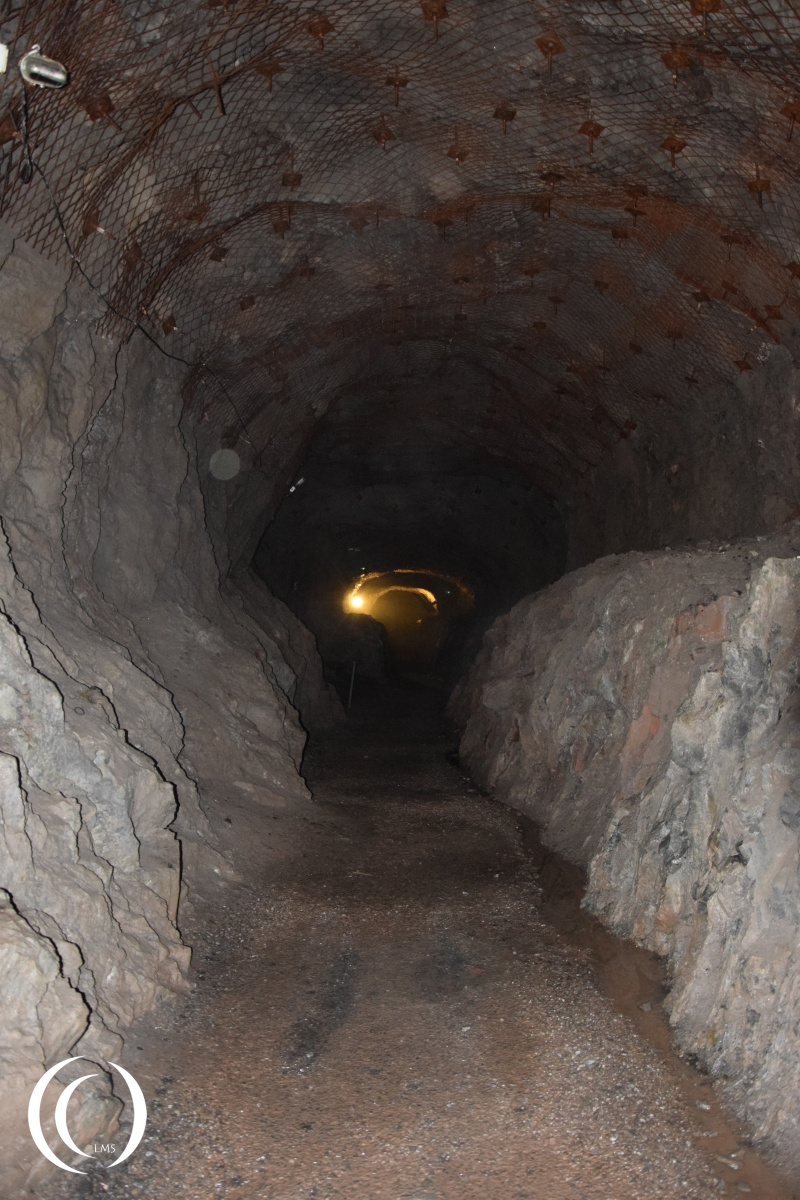
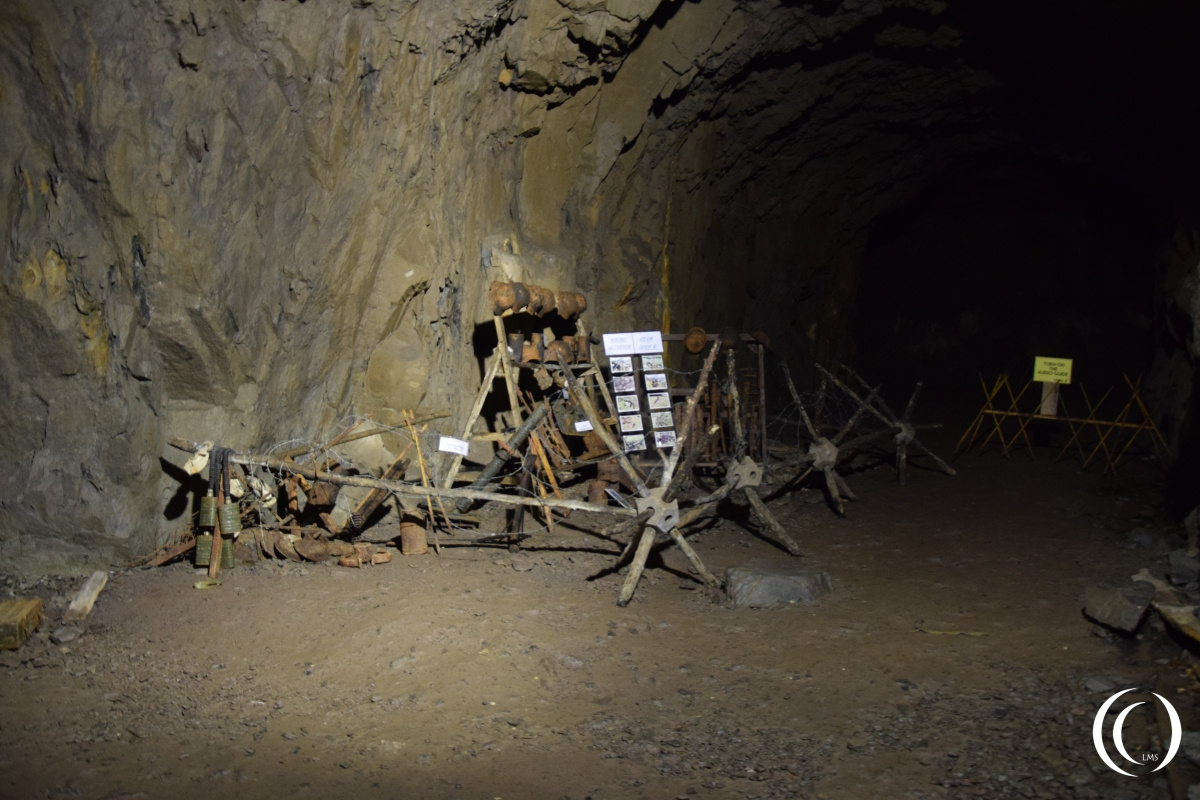
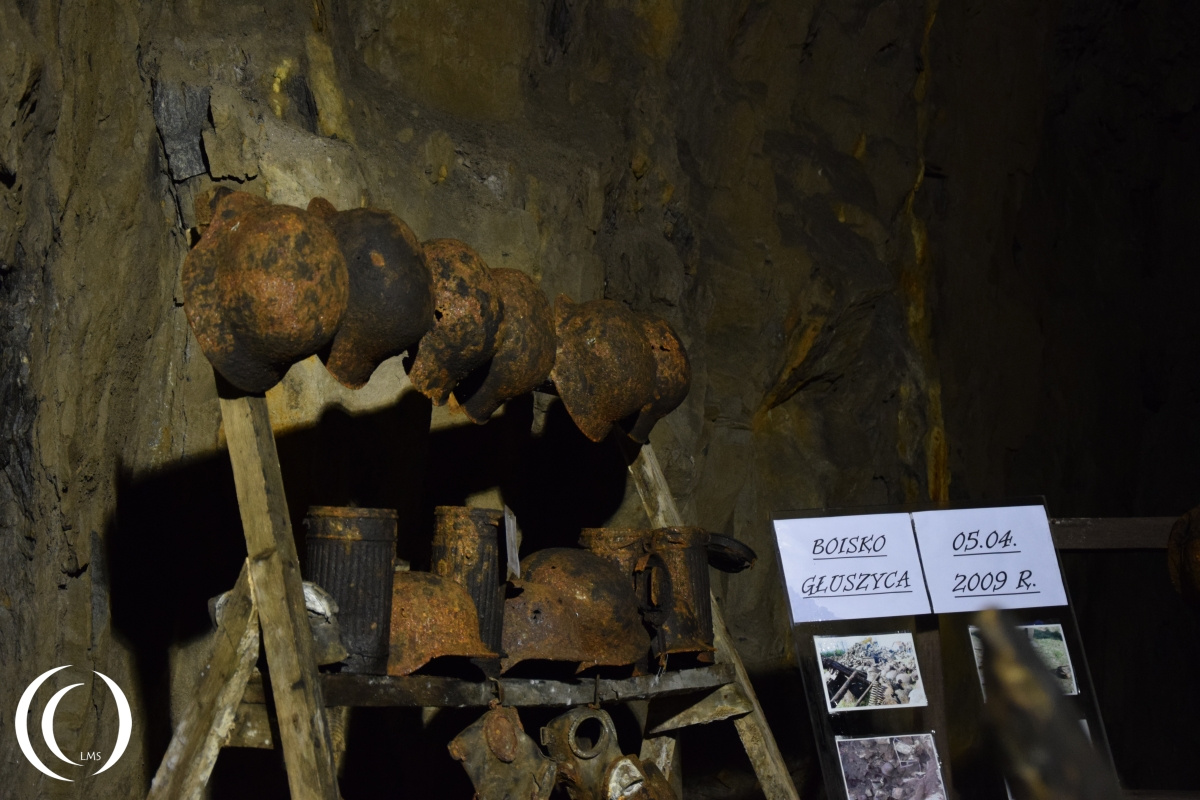
Seven Tunnel Complexes
The exact purpose of the complexes is not known but it is assumed that they were built for subterranean weapon facilities or shelter. There is speculation that one of the complexes was designated to become a new Hitler bunker which was written down in a document called “Geheime Reichssache 91/44”, Secret government business 91/44 from architect Siegfried Schmelcher. Beside a Führer headquarters it should hold space for the OKW and OKL – Ober kommand Heer and Ober kommand Luftwaffe. High command of the German army and airforce. With three mineshafts Owsowka was a huge tunnel complex, it was the second largest of the seven known complexes, the Riese project in 2015.
These 7 tunnel complexes are;
Saüferhohen – Osowka
Wolfsberg – Wlodarz
Dorfbach – Rzeczka
Falkenberg – Sokolec
Schloss Fürstenstein – Książ Castle
Oberdorf – Jugowice
Ramenberg – Soboul
None of the seven above were finished, though Osowka is the most finished of the tunnel complexes. Some had part of their tunnels reinforced with concrete but most are still rough stone works.
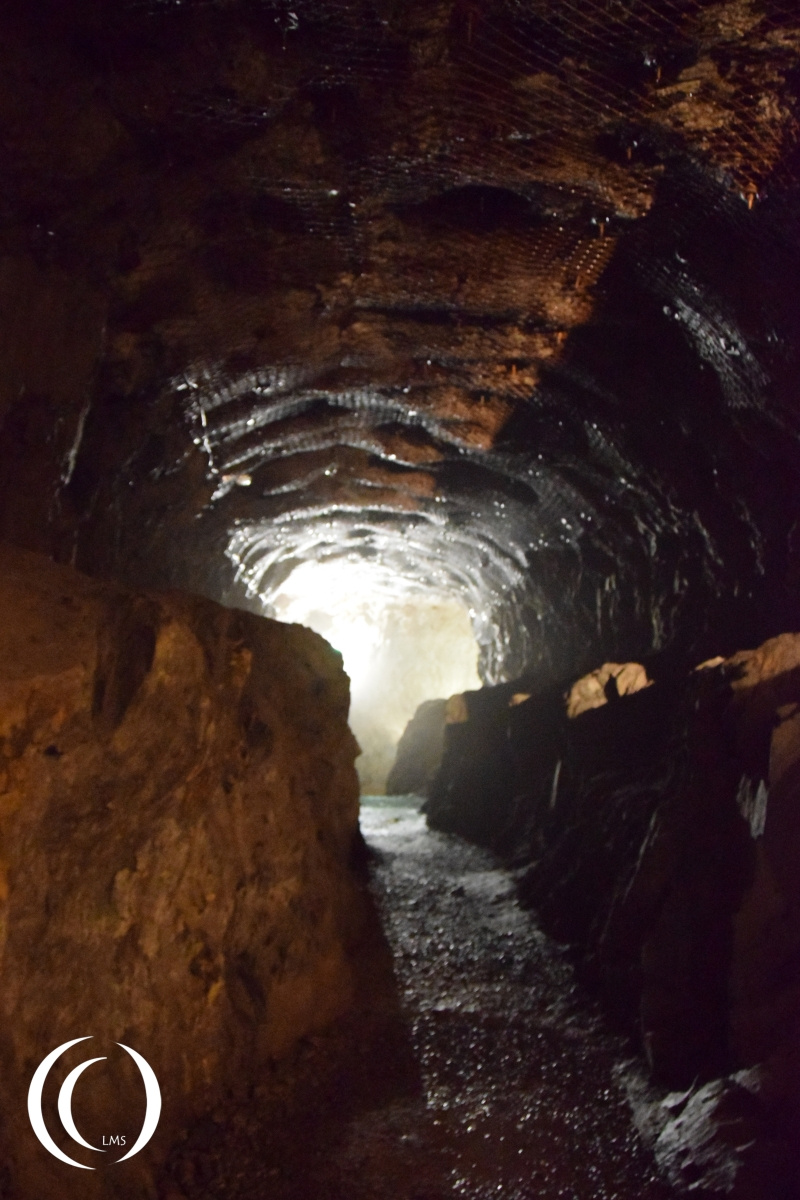
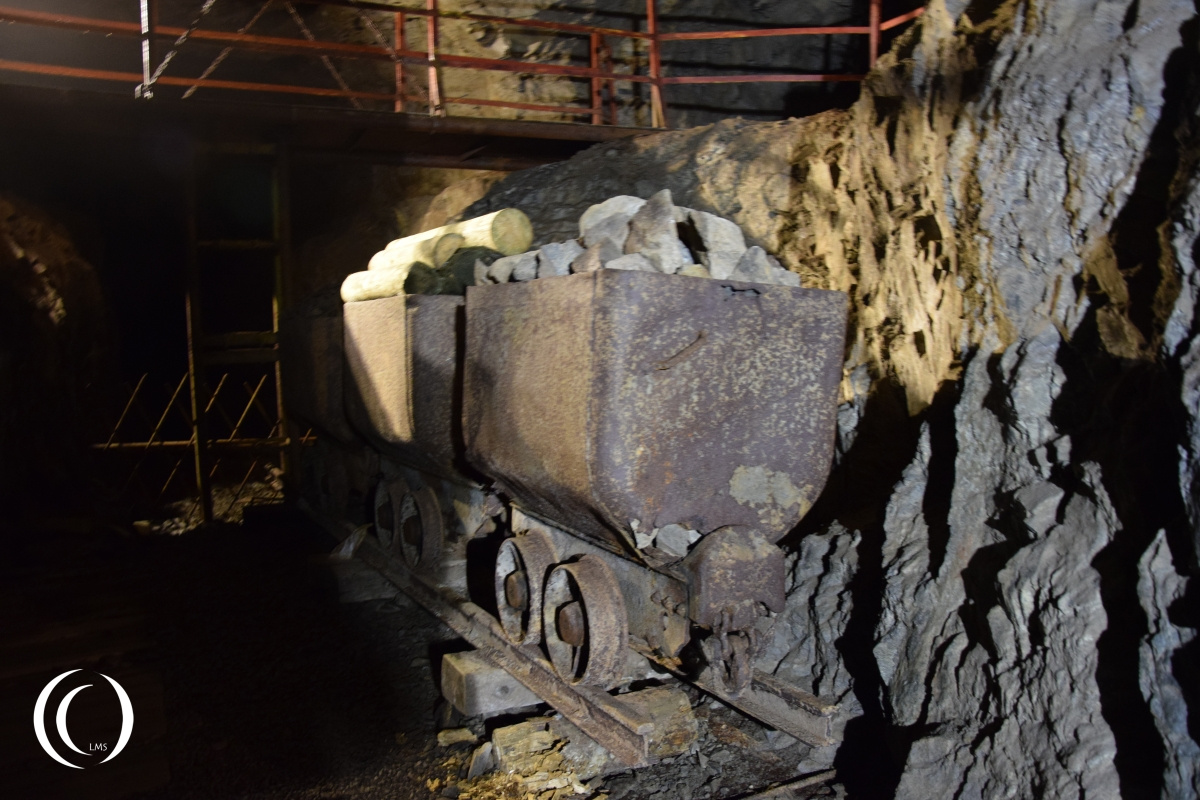

Complex Osowka
Osowka was built by slave labour, men forced to work for the German War industry, they came from Poland, Czechoslovakia and Russia. The Germans used prisoners of war from Italy, Poland, Hungary, Italy, Greece, Yugoslavia, Belgium, and Holland as well. In the case of Project Riese the labourers from the concentration camp Gross-Rosen nearby estimated that around 13.000 inmates had to work in these dirty and filthy conditions while performing extremely hard work. They were housed in the Arbeitslager (AL) Saüferwasser which was set up in May 1944. It was common practice to build a work camp next to the tunnel complexes, hence the multiple Lagers throughout the country site. As the demand for healthy and strong men grew, transports from Auschwitz started to pour in. The prisoners had to build roads, cut trees, construct bridges, work on various ground objects, sewage systems, and most of all they were boring tunnels. This was the hardest and the most dangerous work, many accidents took place during this type of work some with mortal consequences.

The length of the unfinished tunnel complex is 1700 meters. Some parts are flooded, 20 to 30 cm deep inside the tunnels. The floor holds about 6200 square meters of space and in volume it has 26.000 cubic meters, only the complex Wlodarz – Wolfsberg, is bigger, Säuferhöhen or Osowka is the second largest complex of the Riese project. It has guardrooms, close quarter defences near the entrances, explosives placed on tactical points to seal off specific tunnels, an air shaft to the top of the mountain, and many riddles for the tourists. There is a power plant and on top of the mountain are leftovers of buildings used for the construction of the tunnel complex, further on the mountain was the Arbeitslager Saüferwasser. There are three mineshafts leading into the mountain, two, separated by 100 meter are connected to the Owsaka complex. The third lays 170 meters to the west, it enters the mountain but is not connected to the complex. There is a big amount of water in this tunnel.
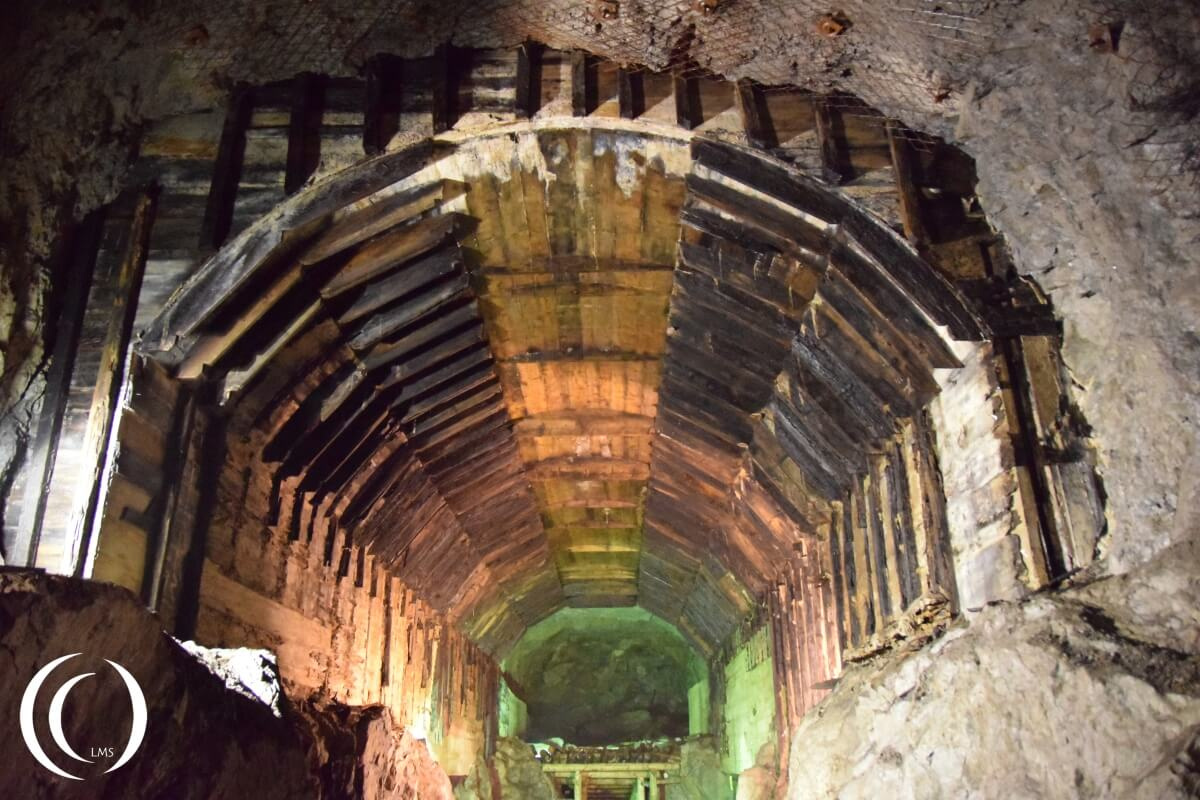

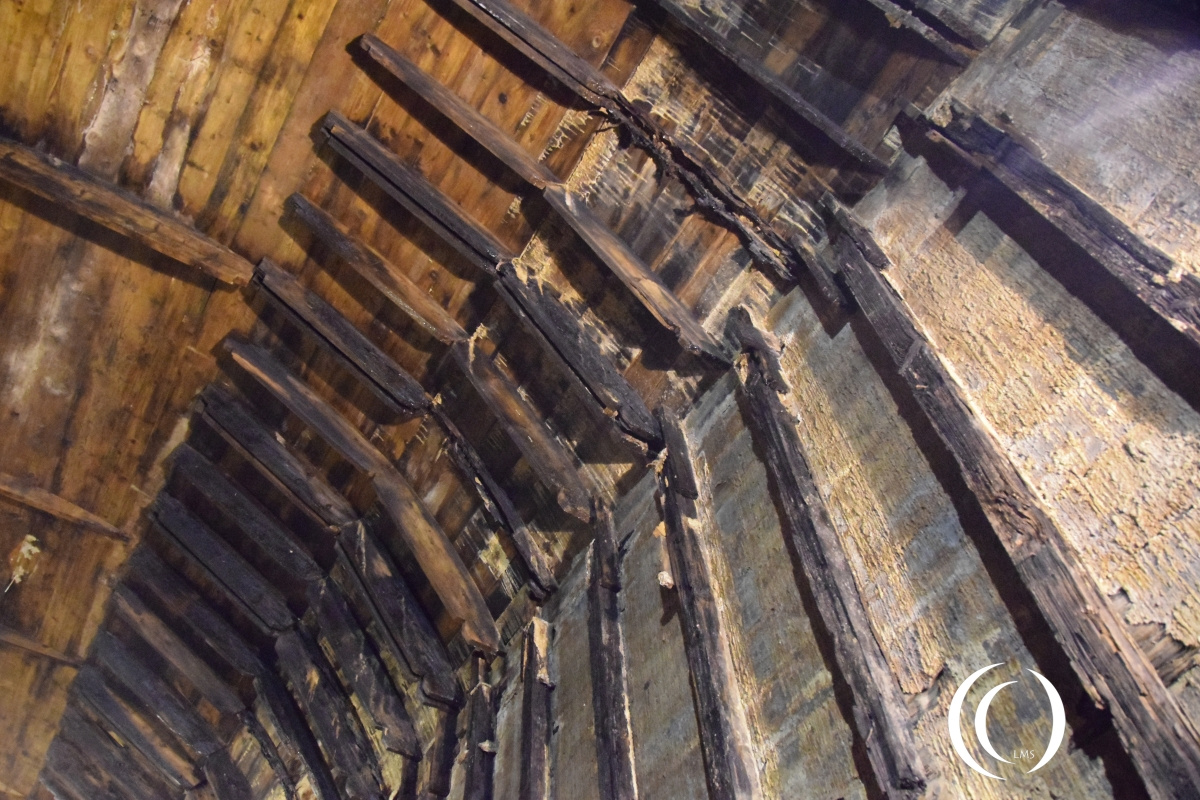
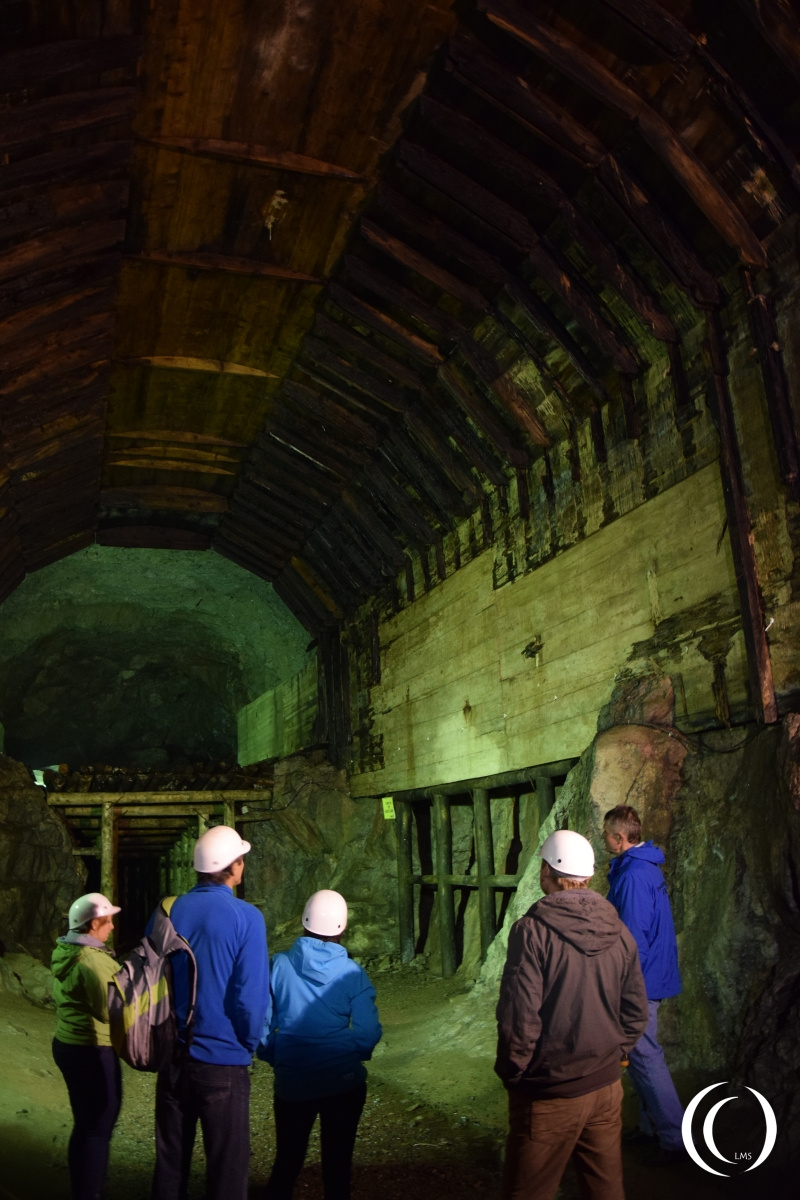
End of the construction period.
When in January 1945 the Russian armies closed in, the camp was evacuated and another tragedy started for the slave labourers. This was the start of the gruesome dead marches, some even up to Bergen Belsen on the other side of Germany over 600 kilometers away. Of the 13.000 men that worked on Project Riese almost 5.000 never returned. Some tunnels in Project Riese were blown up never to be found again, until in the summer of 2015 when one of these tunnels was said to be found after 70 years. In it a panzer train, hidden from the advancing Russian army, but until this day there is no real proof of this statement.



Visit
The Osowka site has three kinds of tours which you can choose from. You can pick the tunnel complex or expand it with the factory and powerstation on top of the mountain. We advise you to wear water resistant shoes as the tunnels are wet, not just damp but really wet and dirty. And wear a water resistant coat as well. We took the tunnel tour which took about an hour and half, after the tour we went up the hill on our own to wander through the forest and look for the concrete factory on top.
Look for more information and opening hours on the website.

As an engineer I would like to add some explaining information for pictures 15-16 in means of construction.
These pictures show remains of the formwork used for the concrete casting shielding the walls and ceiling of the tunnel. Using the caption “Wooden Roof” may mislead the understanding and perhaps changing the captions will give a better idea.
Regards and all the best for your further tours, stories and message to be told.